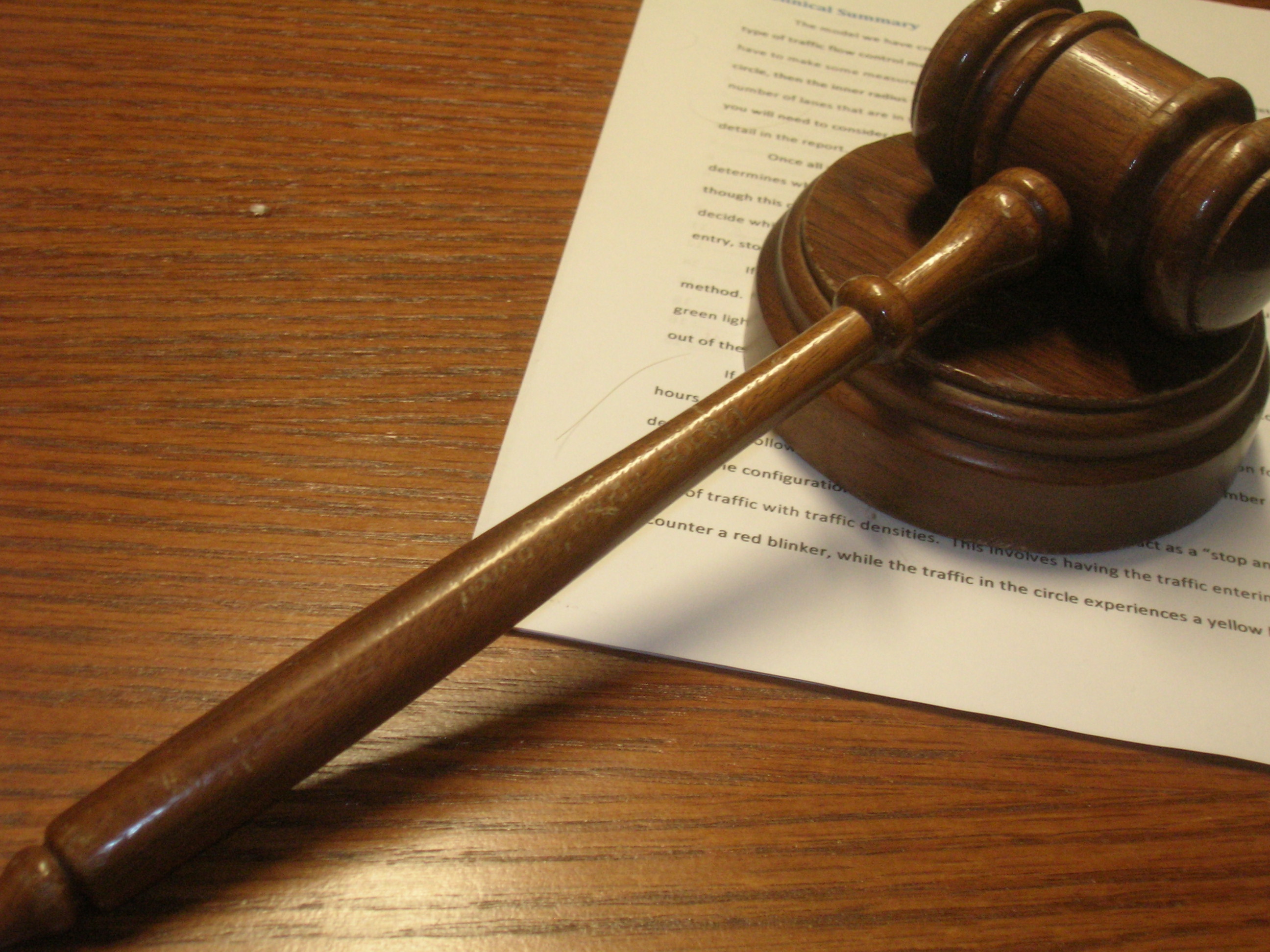By Mariana Alfaro
Medill Reports
In April, Attorney General Jeff Sessions sent 25 immigration judges to detention centers near the border and promised to add 125 new judges to the bench in the next two years, all part of the Administration’s plan to “fight against criminal aliens.” This plan was criticized by immigrant communities and advocates as a way to expedite deportations without due process, delaying more than 20,000 cases in immigration courts across the country.
As judges headed to detention facilities on the border, immigration courts across the country continued to struggle with a backlog of cases that, though dating back to the Obama-era, has grown under President Donald Trump’s administration.
According to Politico, in January there were around 540,000 cases caught in the immigration court backlog. By August 2017, the number had grown to 632,261, with nearly 50 percent of these cases in California, New York and Texas — states that account for nearly half of the country’s immigrant population, according to the Pew Research Center. Judges sent to the border told Politico that their dockets were nearly empty in their newly assigned courts, with some likening the temporary uproot to a vacation.

Meanwhile, 27 states plus Guam and Puerto Rico continued slowly processing the cases already assigned to their courts. Sessions promised at least 50 new immigration judges would be added to the bench this year, and so far 12 have been sworn in by the Executive Office for Immigration Review. Only one of them, however, has been assigned to the New York City immigration court. New York is the city most affected by the backlog, with nearly 83,000 cases in its docket, according to the Transactional Records Access Clearinghouse tool, a database hosted by Syracuse University and created to track immigration cases’ progress through the courts. Even with 32 immigration judges, as it currently stands, the New York court averages nearly 2,594 cases per judge a year.
According to a report by WNYC, New York City’s National Public Radio affiliate, Session’s mandate meant at least eight of the city’s immigration judges were sent to courts in Texas and Louisiana.
New York City’s backlog far exceeds those in other American cities. Los Angeles comes in second with an excess of 61,000 cases and 30 immigration judges; while Houston is a far third, with more than 48,400 cases and nine immigration judges.
At the border — namely parts of Arizona, New Mexico and southern Texas described by Sessions as “ground zero” in the battle against immigration — immigration court backlogs are virtually non-existent. Arizona’s Eloy Detention Center, nearly 78 miles away from the border, has 1,134 pending immigration cases, according to TRAC. There were only 153 cases pending at the Otero Immigration Center in New Mexico, where Politico reported some judges had been sent from Baltimore, which itself has 25,217 pending cases. Texas’ T. Don Hutto detention facility, 30 miles north of Austin, reported 474 cases pending. Sessions sent five Miami-based judges to the facility, leaving behind nearly 32,000 pending cases in the Florida city.
“As representatives of foreign governments, we need to be respectful of the laws and decisions established by the countries we’re working in.” Patricia Maza-Pittsford
More than 60 percent of the immigrants backlogged in these court procedures nationwide hail from El Salvador (138,126), Mexico (137,015) and Guatemala (106,208), according to TRAC. Exact populations vary by area — while Los Angeles has a larger population of detained Mexican immigrants, New York holds a larger population of Salvadoran immigrants, followed by Chinese immigrants. Chicago — with nine judges — has a backlog of 25,588 cases, most of them involving immigrants hailing from Mexico, Honduras and El Salvador.
The Salvadoran consul in Chicago, Patricia Maza-Pittsford, said that although the backlog has definitely increased in the last few years, it is nothing new — and there’s not much consulates can do about it.
“As representatives of foreign governments, we need to be respectful of the laws and decisions established by the countries we’re working in,” she said.
Maza-Pittsford did, however, express worry over detention alternatives pushed by Immigration and Customs Enforcement officials for immigrants with pending court cases. One of these alternatives, she said, is the use of ankle monitors, which tracks immigrants with a GPS device and does not allow them to leave a certain geographic area.
“Those devices choke people economically,” she said. “They can’t work while wearing them, so they decide to leave the country instead.”


